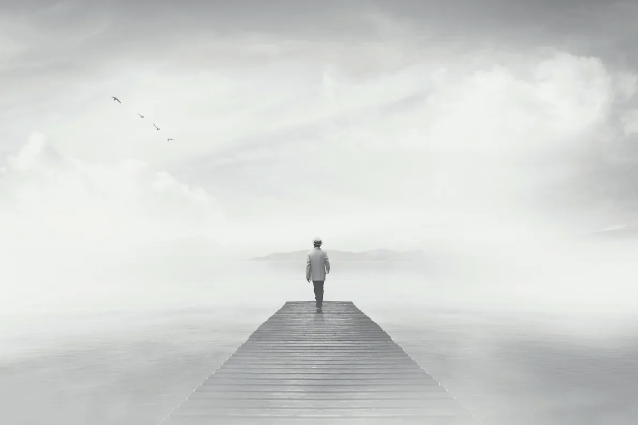By Taylor Mann, Mental Health Counseling Intern
The first day of fall this year landed on September 23rd, 2023. As we brace ourselves for colder weather, we also start to brace ourselves for seasonal depression.
What exactly is seasonal depression? Also referred to as Seasonal Affective Disorder (SAD), seasonal depression is due to the change in seasons; which typically starts in late fall. Symptoms include: sadness, lack of energy, loss of interest in activities, excessive sleeping, and weight gain. Seasonal depression can impact more than just your mood. SAD can also impact cognitive functioning, such as concentration.
Have you ever wondered how the change in seasons can impact your mental health? It’s interesting because sunlight exposure can impact your circadian rhythm. When there’s a lack of sunlight, it can cause your brain to produce additional melatonin and less serotonin. This is one reason why light therapy is a recommended treatment for SAD. Other treatment options include Cognitive Behavioral Therapy, antidepressant medication, and spending time in nature.
There are some myths about SAD that we should discuss.
Myth #1: Seasonal depression only happens in the fall/winter months. While individuals are more susceptible to be impacted by SAD during the fall/winter months, this isn’t always the case. Although less common, some individuals experience “summer depression.” Research is limited on summer depression, but common theories suggest that the increase of sunlight exposure has a negative impact on one’s circadian rhythm. Symptoms for summer depression typically are the opposite in comparison to symptoms you may see in the winter/fall. Symptoms include irritability, agitation, anxiety, restlessness, weight loss, poor sleeping, and decreased appetite.
Myth #2: Everyone is at equal risk to get seasonal depression. Due to the impact of sun exposure, individuals who live in northern states, where there is less light in the fall/winter, tend to suffer from SAD more so than those who live in the south.
Myth #3: Tanning beds are a form of light therapy. Tanning beds utilize intense UV exposure, which can increase one’s risk for developing skin cancer and is not recommended by dermatologists. Light boxes on the other hand, are a form of light therapy that emit as little UV light as possible while simulating outdoor light.
If you think you’re experiencing symptoms of SAD, please reach out to your local health care provider or mental health specialist. Counseling Connect is accepting new clients and you can book an appointment online at: https://counselingconnect.clientsecure.me/. We look forward to connecting with you!
Sources

